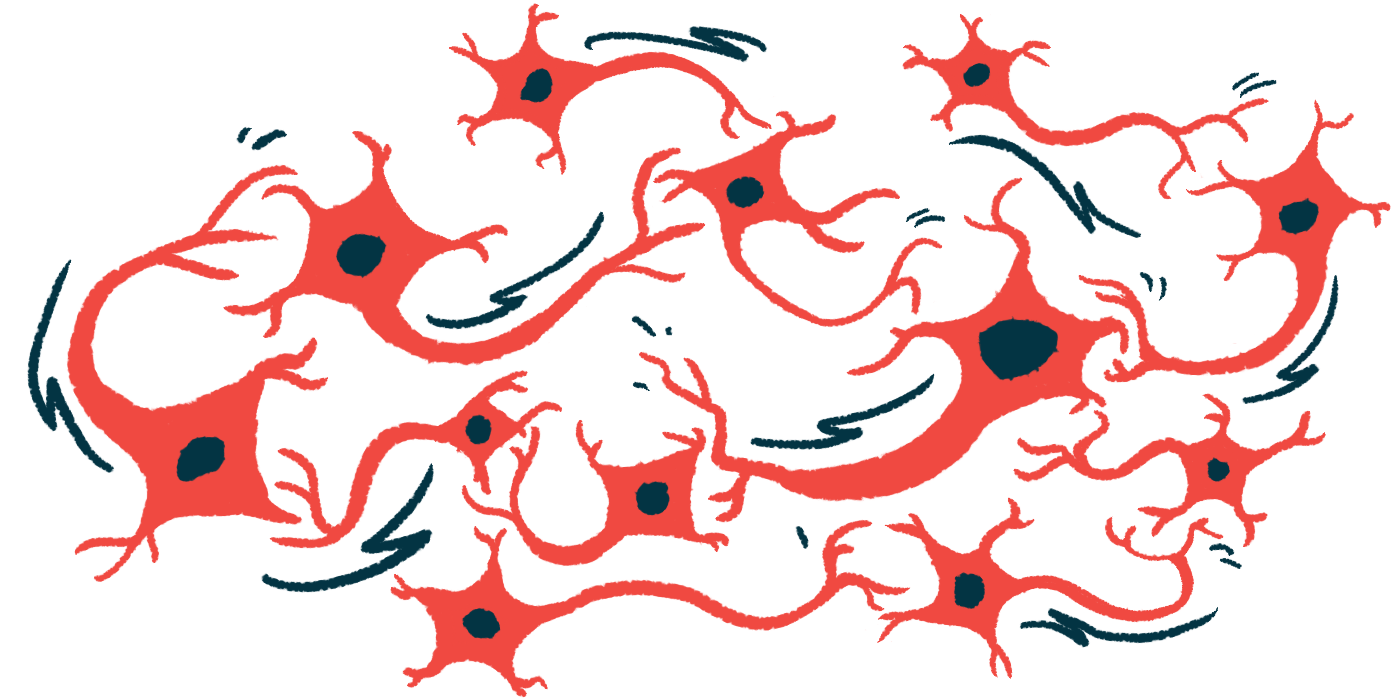Monitor COVID-19 patients for Parkinson’s symptoms, scientists say
Virus infects dopaminergic neurons in brain, study finds, stopping cell division

The virus that causes COVID-19 is able to infect dopamine-producing brain cells and trigger a specific pattern of dysfunction that has been linked with the development of Parkinson’s disease, a study reports.
“Given our findings, we posit that over the coming years, there is a need to closely monitor COVID-19 patients for an increased risk of developing [Parkinson’s]-related symptoms,” the researchers wrote.
Their study, “SARS-CoV-2 infection causes dopaminergic neuron senescence,” was published in Cell Stem Cell.
Low number of dopaminergic neurons infected, but consequences possible
Dopaminergic neurons are nerve cells that make the chemical messenger dopamine. Parkinson’s disease is caused by these cells sickening and dying, which disrupts dopamine signaling and ultimately gives rise to disease symptoms.
Prior research has shown that SARS-CoV-2 — the virus responsible for COVID-19 — is able to infect dopaminergic neurons more readily than it infects other cells in the brain.
It infected only a small portion of exposed dopaminergic neurons, about 5%, the researchers noted.
“The infection rate of dopamine neurons isn’t as high as lung cells, the virus’s main target, but even a small population of infected cells can potentially have a severe effect,” Shuibing Chen, PhD, the study’s principal investigator at Weill Cornell Medical College in New York, said in a news release.
Chen and colleagues conducted a series of tests in cell models aiming to better define the exact biological consequences of SARS-CoV-2 infection in dopaminergic neurons.
Results showed that, when the virus infects these nerve cells, it activates a cellular pathway to trigger senescence — a cellular “standby mode” where the cell is no longer able to divide and grow.
Senescence in dopaminergic neurons can be a contributing factor in the development of Parkinson’s, the researchers noted, adding the dysfunction of dopaminergic neurons also could play a role in “long COVID” symptoms experienced by some patients.
“We discovered that only dopamine cells had the senescence pathway activated,” Chen said, noting that this pathway is not activated when SARS-CoV-2 infects the cells of other organs.
“This was a completely unexpected result,” Chen said.
Scientists then conducted a screen of medicines currently approved for use by the U.S. Food and Drug Administration, looking to see if any might stop SARS-CoV-2 from inducing senescence in dopaminergic neurons.
Screening identified three promising candidates: metformin (used to treat diabetes), imatinib (a cancer treatment), and Rilutek (riluzole; a therapy for amyotrophic lateral sclerosis).
Early tests indicated these medicines could stop the virus from getting into dopaminergic neurons, and the researchers said future studies might test whether they could be clinically useful in preventing brain damage related to COVID-19.







